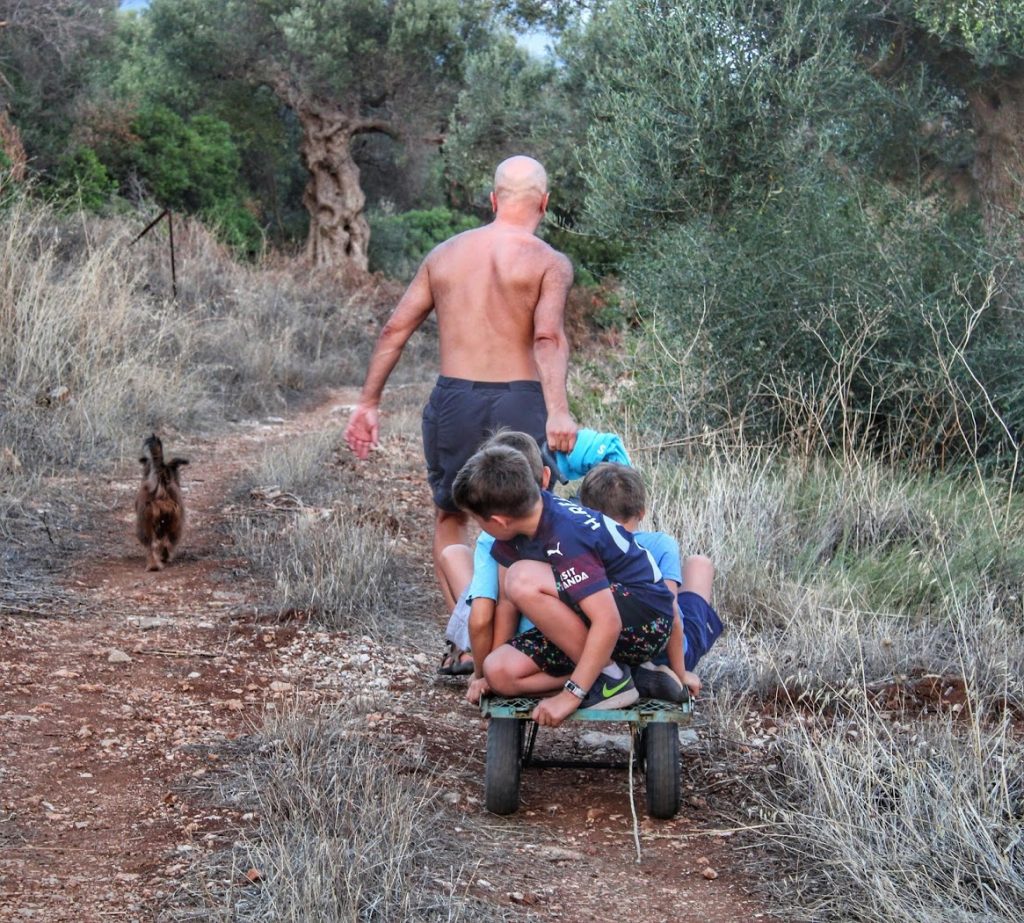
Στα αυτοκίνητα υπάρχει εδώ και καιρό. Πολύ καιρό. Από τον Louis Antoine Krieger (1868-1951)! Στα τραμ και στα τραίνα είναι ψωμοτύρι. Μέχρι και στην Formula1 το επέτρεψαν! Γιατί λοιπόν είναι τόσο απόλυτα και κατηγορηματικά ανόητο να μιλάμε για regenerative braking στα ποδήλατα;
Είναι θέμα βάρους, αεροδυναμικής και κόστους. Ένα ποδήλατο έχει αεροδυναμικό συντελεστή κοντά στο 0.9 και βάρος 100 κάτι κιλά συνολικά. Αντίστοιχα ένα ηλεκτρικό αυτοκίνητο έχει αεροδυναμικό συντελεστή 0.26 και βάρος κοντά στον ενάμιση τόνο. Αν θέλαμε περισσότερη ενέργεια είναι πολύ πιο φτηνό και συμφέρον σαν ενέργεια να κουβάλαμε μια δεύτερη μπαταρία!
Η πιο πλήρης ανάλυση με συγκεκριμένες μετρήσεις που έχω διαβάσει είναι αυτή εδώ: “…
imagine an electric bicycle climbing an 8% grade at 15mph using 20A @ 36V or 720W of power. Let’s say, conversion losses from controller, battery, and motor are about 20%, so you are actually only getting 80% of your total energy output to move you forward – this equals about 575W. At 15mph, the bicycle is also overcoming about 125W of rolling resistance and 150W of aerodynamic drag – leaving about 300W for hill climbing.
Now, imagine you are coming back down the same hill with regeneration turned on full (approximately 5A @ 36V or 180W). This slows the bike substantially, removing more than half of the acceleration due to gravity, which means you’ll be accelerating down the hill much slower than normal. How slow?
If it took 300W to climb the hill and over 180W is being converted into energy for the battery, it is safe to assume you would lose about half your acceleration coming down the hill. In our example we can assume a 19mph descent, instead of about 35mph without regeneration. Assuming a high efficiency on recharge (let’s say 50%), we’d be getting only 90W back to the battery on the way down the hill and only have 75% the time to charge as we did to discharge.
This means, the regeneration downhill only produces 90W/720W * 100 = 12.5% of the energy used to get up. Plus, all the fun of coasting fast downhill is gone …
At a conversion rate of only 12.5% regenerative braking is a poor way to recover energy coming down the hill and far less efficient than coasting, which essentially suffers from no conversion losses. So instead of regeneration, you could coast down a hill fast and use the speed to help you coast right up the next hill.
Furthermore, if you are interested in extending your range, simply bring a second battery for close to a 100% incrase in range (much higher than 12.5%) at a much lower cost, only $349 for a NiMh battery vs. $500 or more for a system with regeneration. While you’ll be carrying approximately 14 lbs. more you’ll have the flexibility to leave a battery to recharge while continuing ride or you can pack up both batteries for a long trip. If you’re worried about the extra weight of an additional battery consider it doesn’t substantially increase your aerodynamic drag, won’t substantially increase your rolling resistance and increases your hill climbing power requirement by a mere 21W (on an 8% grade). In fact your total additional power requirement would be only 29W, which only increases power consumption by 4%. That leaves you 96% more power.
Overall we’ve found that regenerative braking for bicycles is more useful as a marketing gimick than an efficient technology.”
Να μεταφράσω μόνο το συμπέρασμα. “Γενικά βρίσκουμε ότι η ενέργεια από το φρενάρισμα στα ποδήλατα είναι πιο χρήσιμο σαν κόλπο του μάρκετινγκ παρά σαν μια ουσιαστική τεχνολογία.”



Comments are closed.